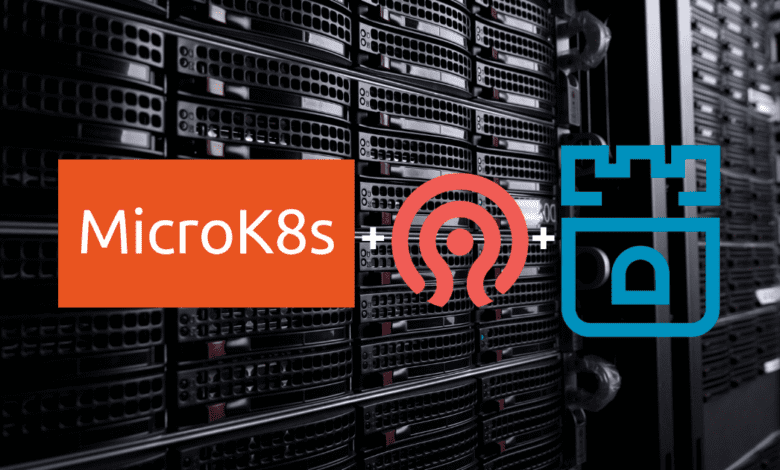
Kubernetes persistent volume management is a cornerstone of modern container orchestration. Utilizing persistent storage can lead to more resilient and scalable applications. This guide delves into an experiment using Microk8s, Ceph, and Rook to create a robust storage solution for your Kubernetes cluster.
What is a Kubernetes Persistent Volume?
Kubernetes persistent volumes (PVs) are a critical storage asset in the Kubernetes volume architecture, providing a way to manage storage resources within the cluster. This section explores Kubernetes persistent volumes’ core concepts, components, and advantages.
Understanding Persistent Volumes
Persistent volumes are designed to provide storage capacity that outlives the lifespan of individual containers. Unlike regular volumes, these storage assets are not deleted when a pod is terminated, ensuring the data storage remains intact.
Components of Kubernetes Persistent Volumes
A Kubernetes persistent volume consists of several elements:
Storage Class
Defines the type and nature of the storage provided, including underlying storage provider, provisioning method (static or dynamic), and other parameters like access modes.
Persistent Volume Claim (PVC)
A request for storage by a user specifying the requested storage size and access mode.
Access Modes
Defines how the storage volume can be accessed. Common access modes include ReadWriteOnce, where a single node can mount the volume as read-write.
Volume Modes
These are specific configurations that describe the nature of the storage, such as raw block volume or filesystem.
Persistent Volume Lifecycle
Understanding the lifecycle of a Kubernetes persistent volume helps manage storage usage effectively. Key stages include:
Creating a Persistent Volume: The PV task begins with creating a PV object, defining the underlying storage, capacity, and other parameters like storage class and access modes.
Binding PV and PVC: The Kubernetes control plane matches PVC objects to an appropriate PV, creating a bound volume relationship between the PV and the PVC.
Using and Accessing Persistent Storage: Once bound, the storage can be used by pods. If required, volume expansion can be done.
Reclaiming and Deleting: Once the PVC is deleted, depending on the reclaim policy, the PV can either be retained or deleted. It’s important to note that previous claimant’s data remains intact unless explicitly deleted.
Integration with External Infrastructure
Kubernetes persistent volumes can be linked with various storage systems, including cloud storage, network attached storage, and specific offerings like Azure Disk or OpenStack block storage. This flexibility allows administrators to choose the best solution for their needs.
High Availability and Performance
With the right configuration, persistent volumes in Kubernetes can provide high availability and performance. By utilizing features like dynamically provisioned volumes and storage classes, cluster administrators can tailor storage resources to meet specific needs.
Handling Multiple Pods and Nodes
Persistent Storage allows configuring storage for multiple nodes and pods, with the ability to present a storage volume, volume modes, PV and persistent volume claims in your cluster.
Storage experiment in the home lab
I have recently been playing around with many different storage architectures and technologies in the home lab. Using Microk8s, I wanted to play around with Rook and Ceph storage for Kubernetes persistent volumes for workloads.
Deploying Microk8s
Microk8s is a lightweight, single-node Kubernetes deployment suited for developers and small-scale environments. Let’s see how we can easily deploy a Microk8s cluster environment.
Below we are installing Microk8s with the following command. Note, in the screenshot, I am using the 1.28 release candidate as 128 was not yet released when writing up the blog. According to Canonica’s documentation, microceph needs 1.28.
snap install microk8s --channel=1.28/stable --classic
##Get the status of the cluster
microk8s status --wait-readyNext, we are going to add our additional nodes to microk8s. To do that, use the command:
microk8s add-nodeNow, we need to install Microk8s on the additional nodes, using the same command:
snap install microk8s --channel=1.28/stable --classic
Now, we take the join token generated on the master node, and use it to join the additional nodes.
microk8s join <your master node and token string>After installing and joining the additional nodes, I am checking the nodes in the cluster:
microk8s kubectl get nodesIntegrating Ceph and Rook
Ceph and Rook together provide high availability and scalability to Kubernetes persistent volumes. Understand how these two interact and facilitate storage usage.
Ceph Storage System
Ceph is an open-source storage platform that offers network-attached storage and supports dynamic provisioning.
It’s not just for Kubernetes. You can use it for HCI storage in Proxmox as well. Check out my video here:
You can install a variant called microceph for use with Microk8s. To do that, run the following on all of your Microk8s nodes:
sudo snap install microceph --channel=latest/edgeNext, we run the microceph bootstrap command (also nevermind the “sudo” in the command with root, it is habit):
microceph cluster bootstrapTo generate the join token, use the command:
microceph cluster add <your node name>
microceph cluster add <your other node name>Once you have the join token, you will run the command on each additional node to join the nodes to the Ceph cluster:
microceph cluster join <join token>On each of my Microk8s cluster hosts (Ubuntu 22.04 virtual machines) I added an additional 20 gig disk to each VM. You can check your disks using the following:
lsblkAdd the disks as OSDs using the command:
microceph disk add /dev/sdb --wipeNow, we should be able to run the ceph status command and see the status of the ceph cluster. Notice we see the Health is OK after adding the OSDs.
ceph statusRook: Orchestrating Storage
Rook is a control loop within Kubernetes to manage storage resources like Ceph. It enables the Kubernetes control plane to handle storage classes and dynamically provisioned volumes.
Let’s enable rook in Microk8s. You can do this with the command:
microk8s enable rook-ceph
##After you enable rook-ceph, connect to your ceph storage using the command:
microk8s connect-external-cephCreating a pod configured with persistent storage
Now that we have our storage configured and we have the ceph-rbd storage class available let’s create a new pod that can use the persistent storage.
# pod-with-pvc.yaml
---
apiVersion: v1
kind: PersistentVolumeClaim
metadata:
name: nginx-pvc
spec:
storageClassName: ceph-rbd
accessModes: [ReadWriteOnce]
resources: { requests: { storage: 5Gi } }
---
apiVersion: v1
kind: Pod
metadata:
name: nginx
spec:
volumes:
- name: pvc
persistentVolumeClaim:
claimName: pod-pvc
containers:
- name: nginx
image: nginx:latest
ports:
- containerPort: 80
volumeMounts:
- name: pvc
mountPath: /usr/share/nginx/htmlYou then apply the above file using this command:
microk8s kubectl create -f pod-with-pvc.yamlThen we can view the persistent volume claim using the command:
microk8s kubectl get pvc -AWe see the bound status for the persistent volume claim of the Nginx pod.
FAQs
How does integrating Microk8s, Ceph, and Rook improve persistent storage in a Kubernetes cluster?
The integration leads to more efficient and flexible storage management, allowing for both statically and dynamically provisioned volumes.
Can I expand a bound volume within a Kubernetes cluster?
Yes, volume expansion can be managed through the Kubernetes control plane.
What are the best practices for managing storage assets in Kubernetes?
Follow the guidelines of your cluster administrators and rely on robust storage volume plugins, considering the underlying storage requirements and high availability needs.
What’s the difference between statically provisioned volumes and dynamically provisioned volumes in Kubernetes?
Statically provisioned volumes are pre-created by cluster administrators and available for use, while dynamically provisioned volumes are created on-the-fly as needed. Dynamic provisioning allows for a more flexible approach, allocating storage volume based on specific PVC object requests. It can be achieved through certain storage classes that support this functionality.
How do ReadWriteOnce resource requests differ from other access modes in persistent volume claims?
ReadWriteOnce resources requests specify that a single node can mount the volume as read-write. Other access modes, such as ReadWriteMany, allow the volume to be mounted by multiple nodes. The choice of access modes will depend on the underlying storage provider and the application’s requirements. Properly matching access modes to your workload’s needs can enhance efficiency and performance.
Can previous claimant’s data remain after a bound PV is released, and how is this managed?
Yes, the previous claimant’s data remains depending on the reclaim policy set for the persistent volume. If the policy is set to “Retain,” the data stays intact, and a cluster administrator can manually reclaim the volume. If set to “Delete,” the data and the volume are automatically removed when the PVC is deleted.
Is there any difference between volume binding modes, and what’s the significance of choosing the right one?
Volume binding modes determine when a PV should be bound to a PVC. Immediate binding happens when a PVC is created, while delayed binding (or WaitForFirstConsumer) ensures the PV is only bound once a PVC pod is scheduled. Selecting the right volume binding mode is vital for optimal storage usage. It can prevent issues related to un-schedulable pods due to the unavailability of suitable storage in the required zone.
Wrapping up
This guide on Kubernetes persistent volume experiments with Microk8s, Ceph, and Rook offers a comprehensive look at storage in Kubernetes. It aims to help users create, manage, and understand storage classes, persistent volumes, persistent volume claims, and other related concepts. By leveraging this guide, one can develop a more efficient and resilient Kubernetes volume management system.

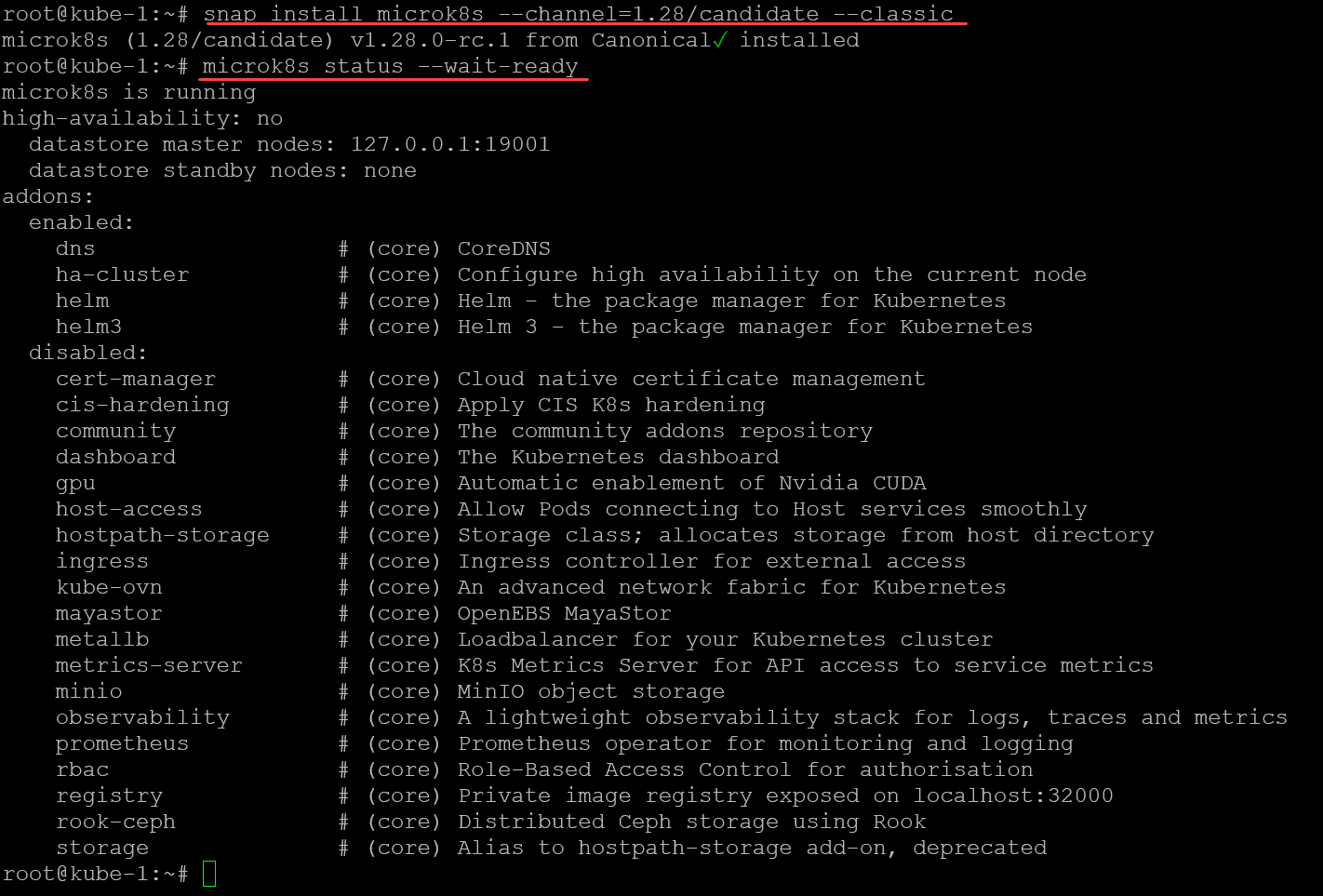




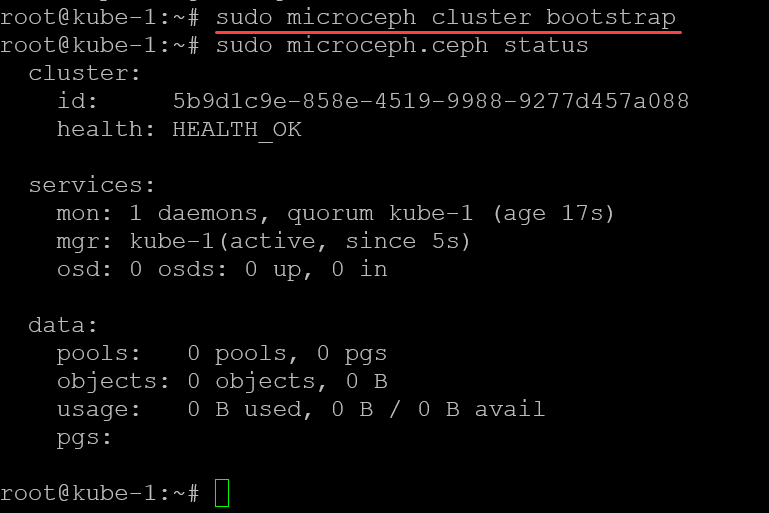

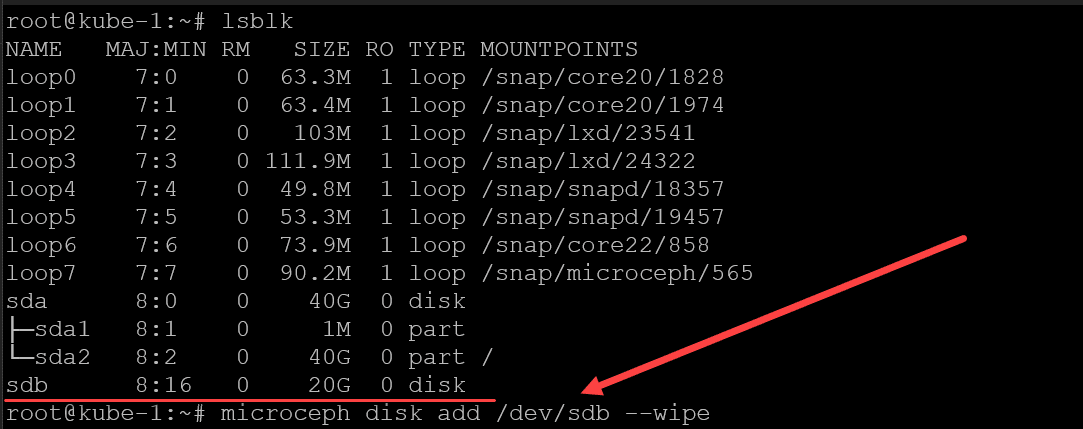
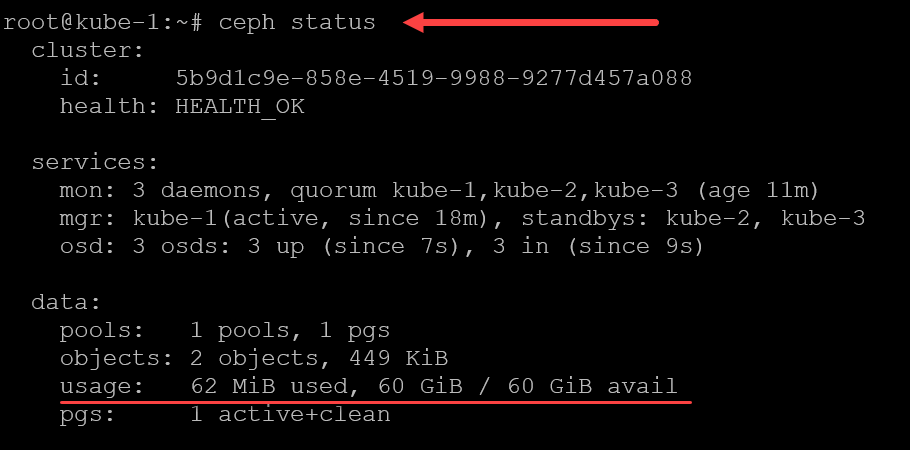
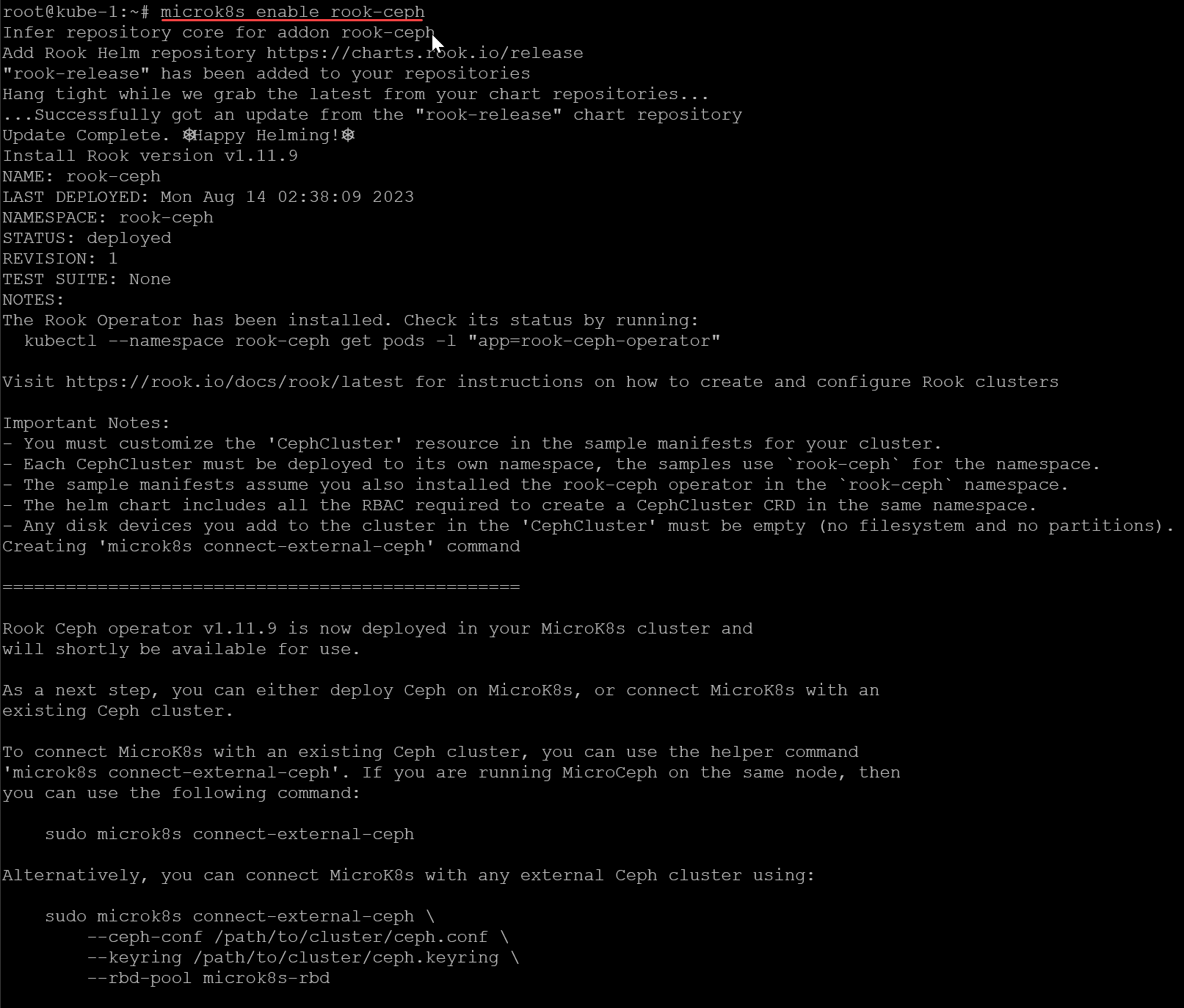

0 Comments